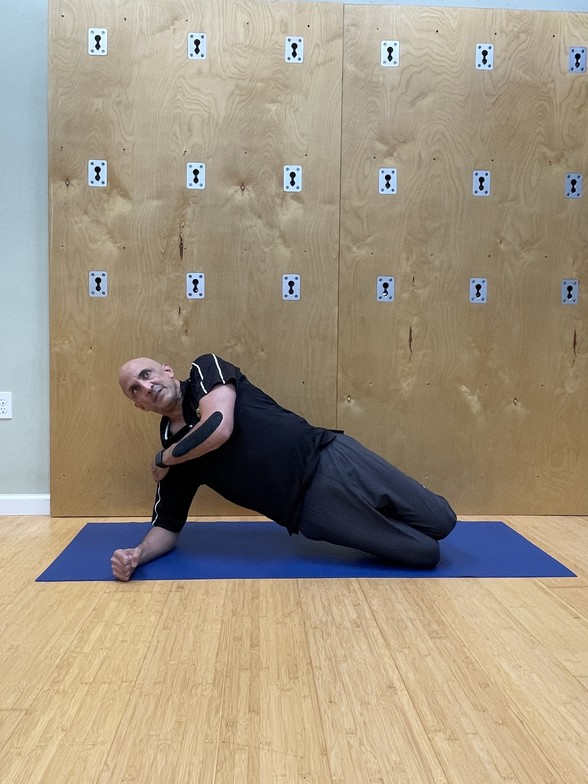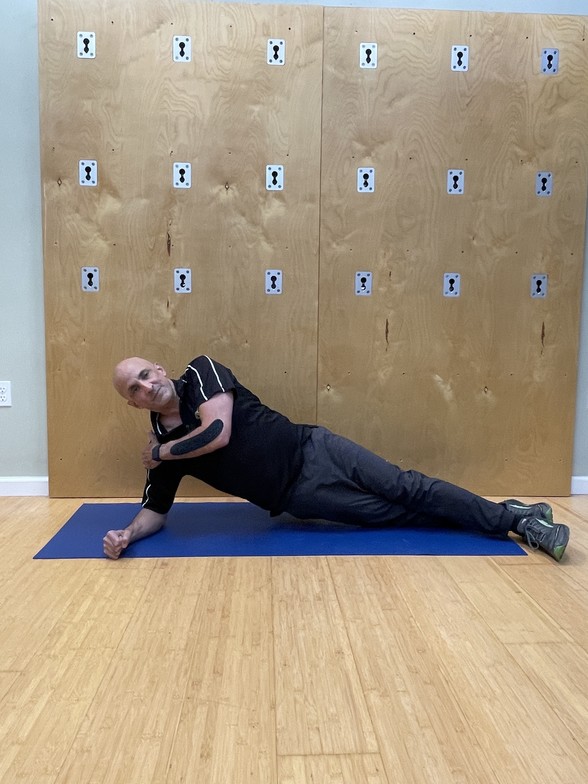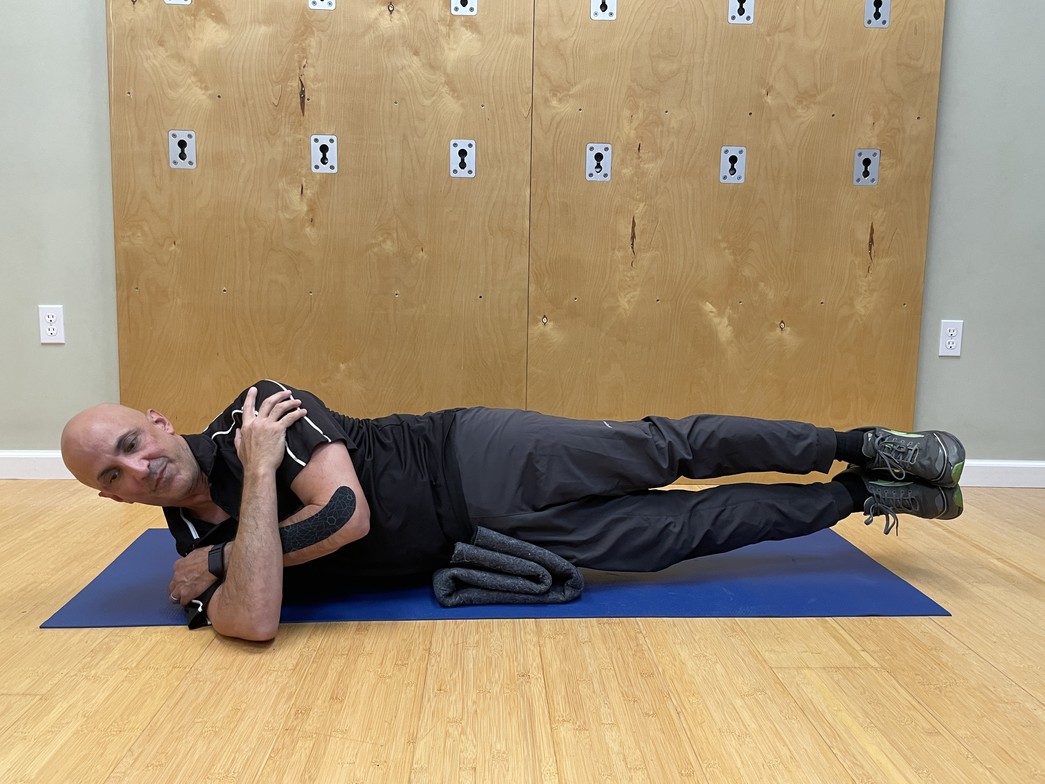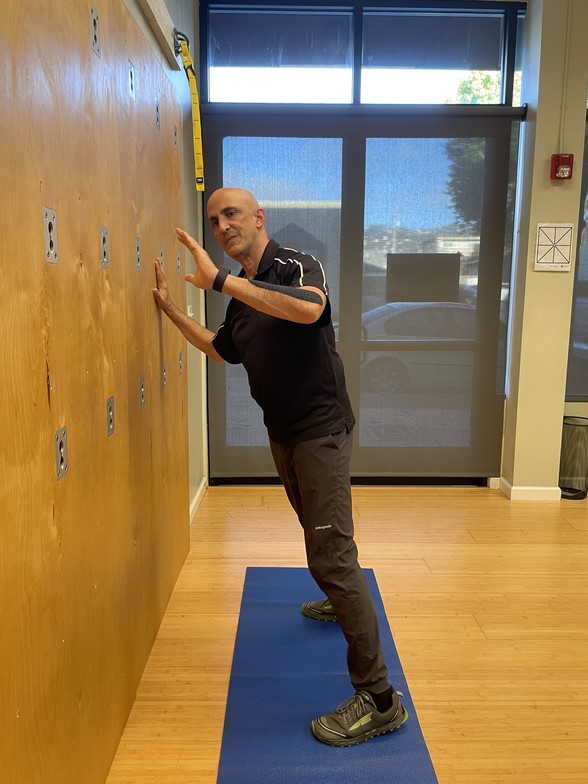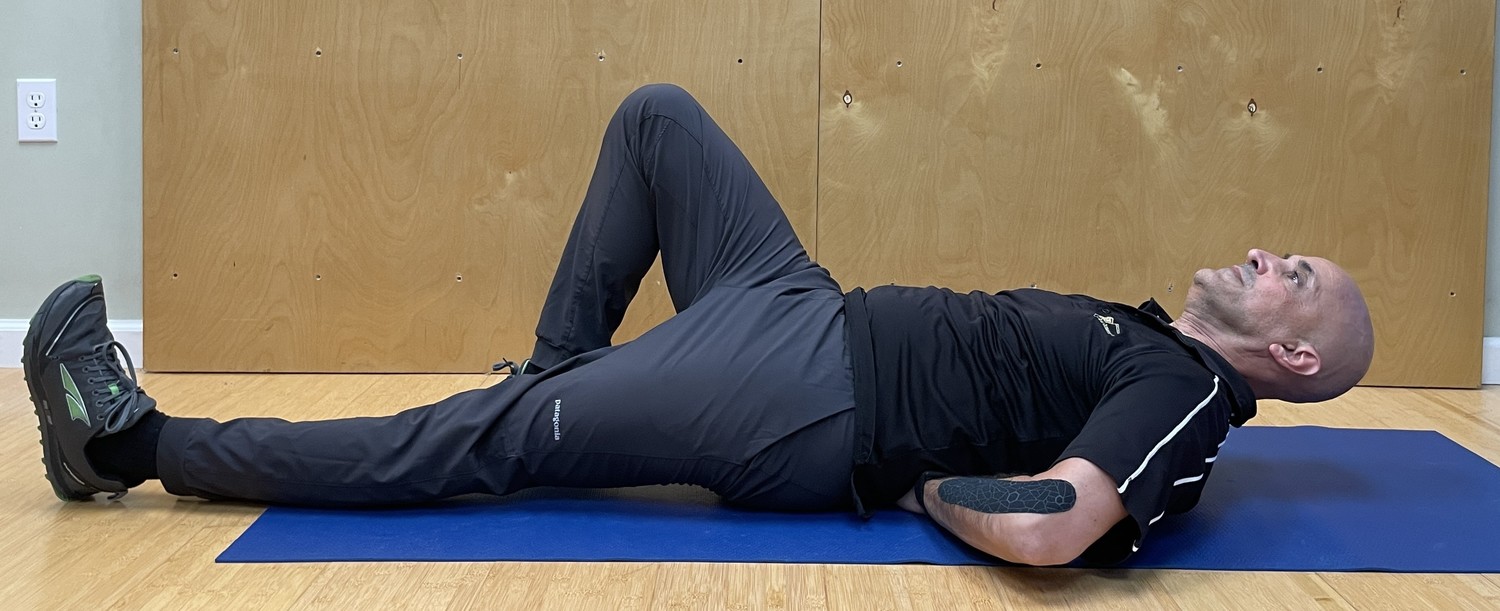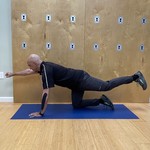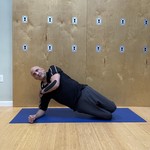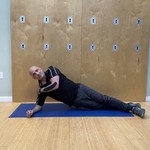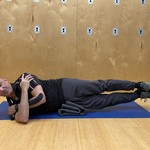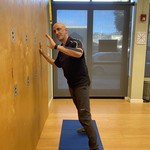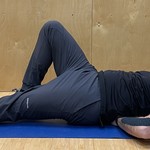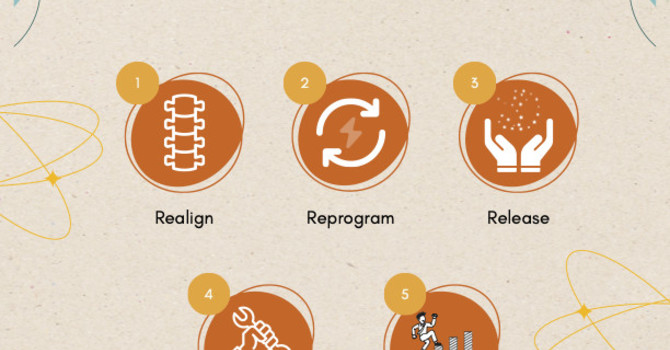Stewart McGill is a world-renowned low back physiologist who's over 300 published reasearch articles make the foundation upon which most other data on back pain is based. In the later phase of his career, he took to teaching as well as treating the unsolvable cases, from the failed low back surgery patients to the world class heavy weight power lifters with blown low back discs. For all of these cases and everyone in between, he essentially took all his research and findings and honed it down to what he refers to as the “McGill Big 3," or the ”non-negotiable Big 3."
Since he is so central to the rehab world, you can find this all over Google, Facebook, Instagram or YouTube. But please keep in mind that like anything on the Web, there is good information and there is bad. No one edits what is posted, so there will be variations on these exercises.
The three exercises address the Lumbar Paraspinal muscles and the Abdominal muscles which make up the core. In all these exercises, have your abs tightened, as if someone is going to punch you in the stomach. This will brace the back for the exercise.
To paraphrase, they are as follows:
1. Bird Dogs: You are on all fours, and slowly lift & extend the opposite arm and foot while keeping the pelvis parallel with the floor. One interesting note is if you are in pain and spasm, you can still do this exercise simply by lifting the hand or the opposite knee just barely off the floor but enough to engage the muscles. Hold each side 8-10 seconds and repeat. This exercise focuses on the Extensor muscles, which are the muscles in the back that help you back bend.
2. Curl Ups: You are lying on your back with one leg straight and the other knee bent with your foot on the floor. This helps to stabilize the pelvis (it doesn't matter which leg is bent or straight and you don't need to do both). Your elbows are bent, and your hands are flat, under your low back to fill in and support the Lumbar curve. Your chin is tucked so you are looking to the ceiling. You lift from your torso (not your head) and raise just enough to get your shoulder blades off the ground. Hold for 8-10 seconds. Repeat. This exercise focuses on the Flexor muscles, which are the muscles that help you bend forward.
3. Side Planks: This one is trickier than it first appears, and I recommend you start with your knees bent. To make it harder, you can straighten your legs, but butterfly the top foot infront of the lower one - not ontop of each other. Your thighs are in the same plane as your trunk. Your lower-sde arm is bent at the elbow, which is under your shoulder. Your upper arm reaches across to support your lower shoulder. Chin is tucked so your head is facing forward. To raise your hips, perform a pelvic thrust at about 45 degrees upwards. I like to give the direction that if you are wearing a big belt buckle, it should be pointing across the room where the wall meets the ceiling. Thrust but DO NOT just lift your hips up. This is key. Especially if your back is in spasm or pain.
3a. Side Plank variation for painful shoulders: Lay on your side, cross your arms with hands to opposite shoulders. Place a pillow under your hip. Lift straight legs off the floor (sideways) and hold 8-10 seconds.
3b. Side Plank variation for deconditioned patient: Stand about 3' away from the wall, heels off the ground with straight legs and elbows spread so fists touch on wall. You are performing a vertically slanted low plank. Slowly bring one arm away from the wall while keeping the hips and abs stable, hold 8-10 seconds then repeat on the other side.The challenge of effort and pain control begins with adjusting the distance from the feet to the wall
The above three exercises are good for the pro athlete or the elderly and frail. You can do these in about 5 minutes to prime your back before commencing with a weight room workout, or these can be your back-exercise sequence before you go to bed! As in all exercises, please consult with your doctor, chiropractor, physical therapist or trainer prior to trying them, especially if you have a diagnosed spinal condition.



